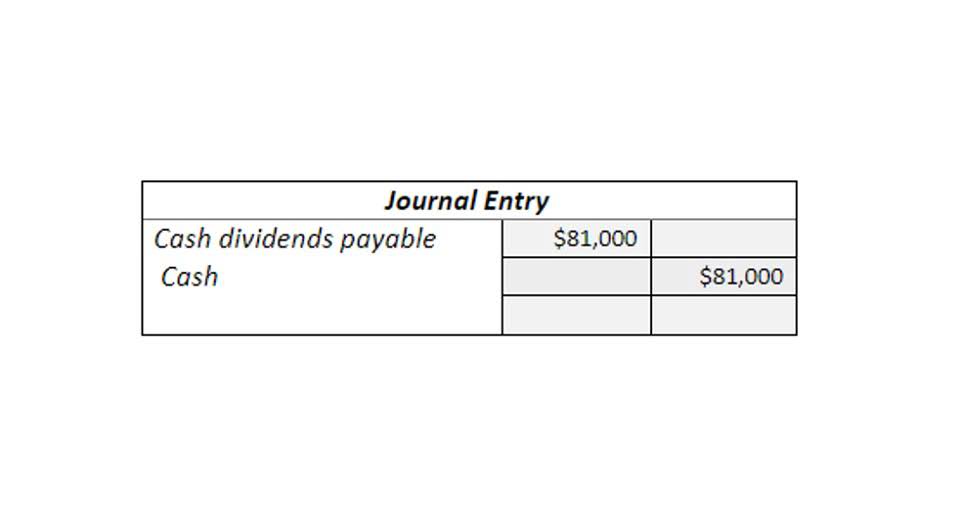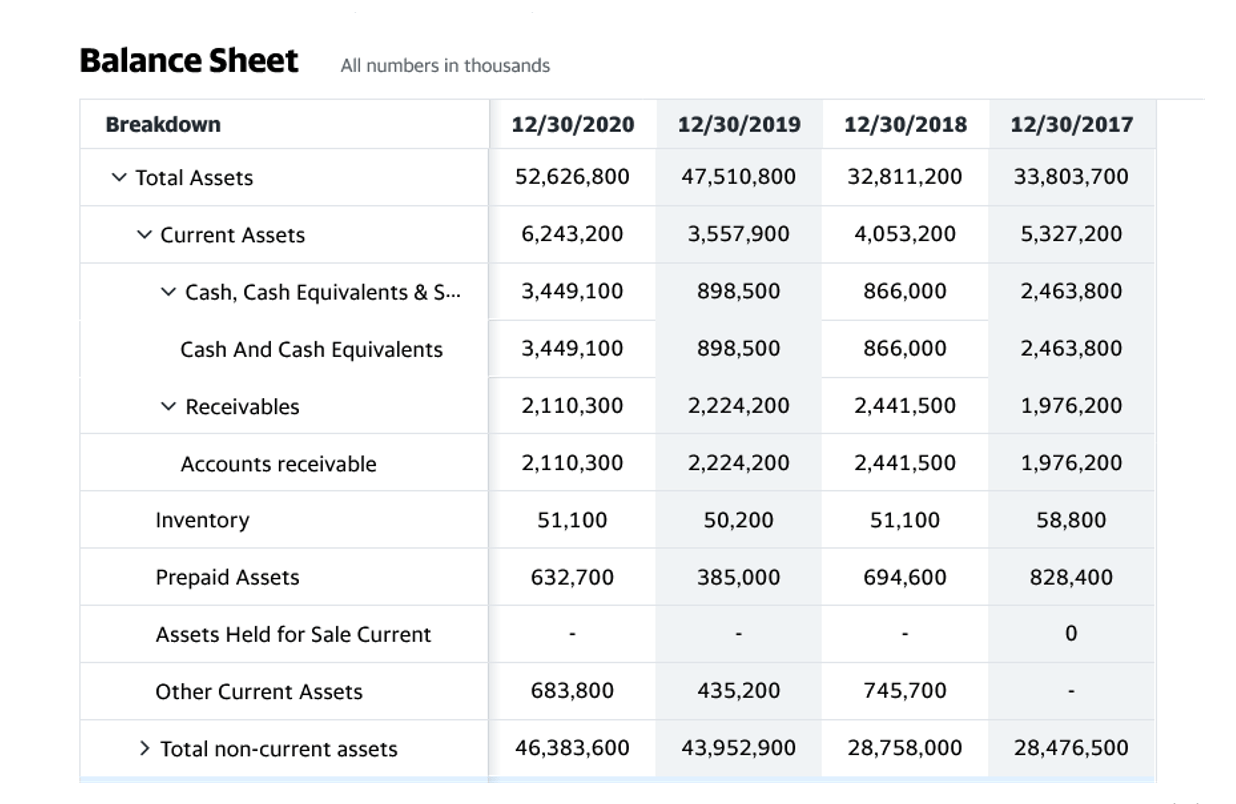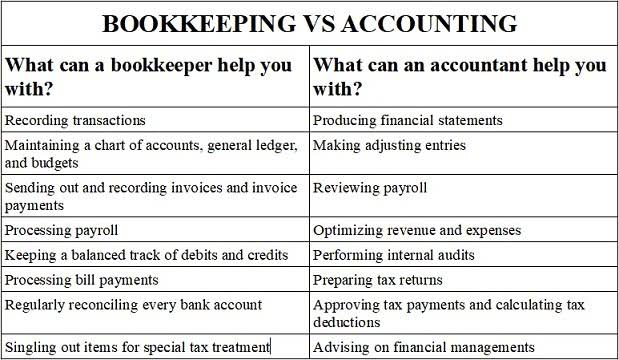
Unrestricted net assets are any funds your nonprofit has received from donors that have no rules or conditions attached to them, like a pure cash donation. This is important because nonprofits often have very specific rules around different funding sources. Large nonprofits like universities, for example, will sometimes have thousands of accounts—endowments, scholarships, capital projects funds, and operating funds—that have very different rules about how they’re supposed to be spent. Complying with accounting standards is critical to ensure your nonprofit’s credibility, sustainability, and stability.

Professional Bookkeepers Can Help With Tax Returns Too!
Nonprofits have a public ownership, which means nobody owns shares of the company or interests in its property. Our experts give you an independent, third eye visibility, and objective review of your financial practices to ensure you remain compliant. Our qualified compliance ledger account experts can advise you on best practices and provide support to ensure your nonprofit organization follows industry-specific accounting.
- “With donors focused on making the most of their contribution, it is important for nonprofits to allocate costs correctly,” Gwaltney explained.
- By leveraging online accounting solutions, you can streamline tasks like bookkeeping and reporting, freeing up valuable time and resources for your staff and volunteers to focus on your mission-critical activities.
- Your nonprofit budget is the planning document used to predict expenses and allocate resources for your organization.
- However, while these terms are often used interchangeably, they encompass distinct functions within financial management.
- This is in contrast to a cash accounting system, which records revenue and expenses only after the money has changed hands.
Don’t overthink overhead expenses.
Keep in mind that financial reporting should be accurate and consistent and reflect the true nature of the organization’s operations. Nonprofits must abide by the laws concerning taxes, filing deadlines, and any other applicable regulations that pertain to their special tax status. Failure to comply with these requirements can result in loss of tax-exempt status, significant penalties, and fines. Additionally, delegating these tasks allows for https://www.bookstime.com/ more accurate tracking of budget investments, which assists with planning and forecasting into the future by improving operational efficiency, reducing costs, and increasing profits. Consider using a zero-based budgeting system to track and identify potential areas to cut spending. This approach encourages nonprofit staff to review their budgets from the ground up, itemizing and evaluating each expense.
- These are (as the name states) general principles accepted by accountants in all sectors.
- It also helps nonprofits measure their financial performance against their charitable goals.
- Net debt or positive net cash is defined as unrestricted cash, cash equivalents and short-term investments minus any borrowings under our credit facility and the principal balance of our senior unsecured notes.
- Some contributions have additional requirements for how to recognize them in your accounting system for GAAP compliance.
- Our experts give you an independent, third eye visibility, and objective review of your financial practices to ensure you remain compliant.
Qorvo® Announces Fiscal 2025 Second Quarter Financial Results
The primary guidelines your organization should know about are the GAAP standards. In the rest of this article, we’ll cover the basics and best practices that all nonprofit professionals should know about accounting. Understanding the basics will help you better manage and plan your programs in a way that brings the most value from your finances. Chances are, it wasn’t tedious paperwork, challenging calculations, and compliance regulations.

Just because your nonprofit qualifies as tax-exempt under Section 501 doesn’t mean that all of your donors’ contributions qualify as charitable deductions. And it doesn’t mean that all of the activities your nonprofit spends money on aren’t taxable. Tax-exempt nonprofit employees are still subject to employment taxes, and your nonprofit could still be subject to sales, real estate and other taxes depending on which state it’s based in. Nonprofit cash flow statements will refer to “change in net assets” instead of “net income,” and will sometimes list cash flows that are restricted to certain uses. The difference between the balance sheet and the statement of financial position is that, because nonprofits don’t technically have any owners, the statement of financial position doesn’t have any equity on it. A good budget can act like a roadmap for a nonprofit, determining where and when the organization will deploy its resources, and whether it’s on the right track financially.
Can Nonprofits Charge for Services or Goods?

Couch recommends keeping your staff and board members updated on what your accountants do and discover. No matter who does your books, choosing the right accounting software for your nonprofit is crucial. You’ll need an accounting program to track everything and be prepared when tax season rolls around. This guide will help you stay on top of your nonprofit accounting responsibilities. In order to make the best financial decisions, nonprofit professionals should understand some accounting best practices.


Taking care of overhead before seeking out donors for a nonprofit demonstrates financial responsibility and a commitment to efficiency—important decision-making factors for potential donors. And if you’re curious about the history of nonprofit accounting and how it has evolved, there’s an excellent blog post GAAP for Nonprofits atCPA Journal detailing the earliest beginnings of not-for-profit accounting. Nonprofits often operate under tight budgets, which means they usually employ few staff members. What results is an employee who is expected to fulfill multiple roles to run the nonprofit. As a result, tasks like bookkeeping might get pushed aside while dealing with numerous responsibilities. If this next year involves using new tools or techniques, consider lowering your goal until you’ve tried and tested these new strategies.
- Step one in the ASU flowchart asks organizations to distinguish between reciprocal (exchange) and nonreciprocal (contribution) transactions.
- However, caution should be taken not to place undue reliance on any forward-looking statements because such statements speak only as of the date when made and the future, by its very nature, cannot be predicted with certainty.
- The first step to accounting for nonprofits is choosing whether your organization should use cash-basis or accrual-basis accounting.
- Internal controls don’t mean that you don’t trust your organization’s staff members.
- Get our FREE guide to nonprofit financial reports, featuring illustrations, annotations, and insights to help you better understand your organization’s finances.
- If you notice someone regularly completing tasks assigned to another employee, and you see any discrepancies in the numbers, look into it.
There is also a fourth type of financial statement that is unique to nonprofits, known as the statement of functional expenses. This report divides your organization’s expenses into the functional expense categories we outlined previously to demonstrate how your funding is being used to further your mission. Unless required in your organization’s bylaws, you may not be legally required to prepare financial statements that comply with GAAP.














